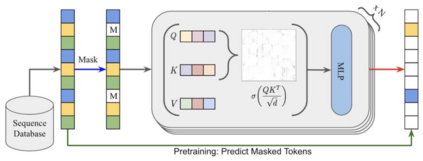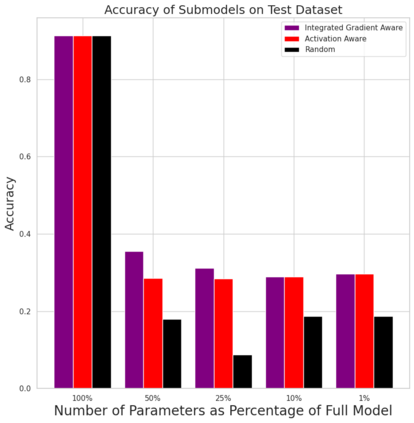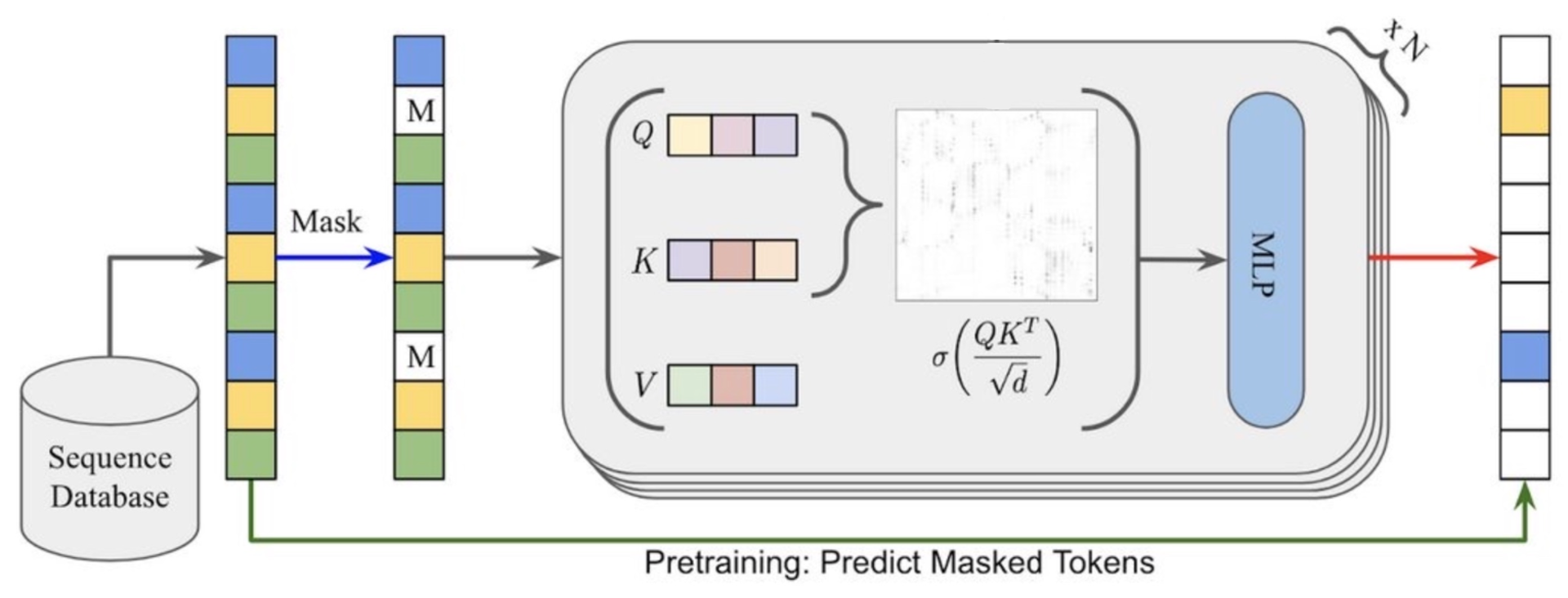Neural language models have become powerful tools for learning complex representations of entities in natural language processing tasks. However, their interpretability remains a significant challenge, particularly in domains like computational biology where trust in model predictions is crucial. In this work, we aim to enhance the interpretability of protein language models, specifically the state-of-the-art ESM model, by identifying and characterizing knowledge neurons - components that express understanding of key information. After fine-tuning the ESM model for the task of enzyme sequence classification, we compare two knowledge neuron selection methods that preserve a subset of neurons from the original model. The two methods, activation-based and integrated gradient-based selection, consistently outperform a random baseline. In particular, these methods show that there is a high density of knowledge neurons in the key vector prediction networks of self-attention modules. Given that key vectors specialize in understanding different features of input sequences, these knowledge neurons could capture knowledge of different enzyme sequence motifs. In the future, the types of knowledge captured by each neuron could be characterized.
翻译:暂无翻译










